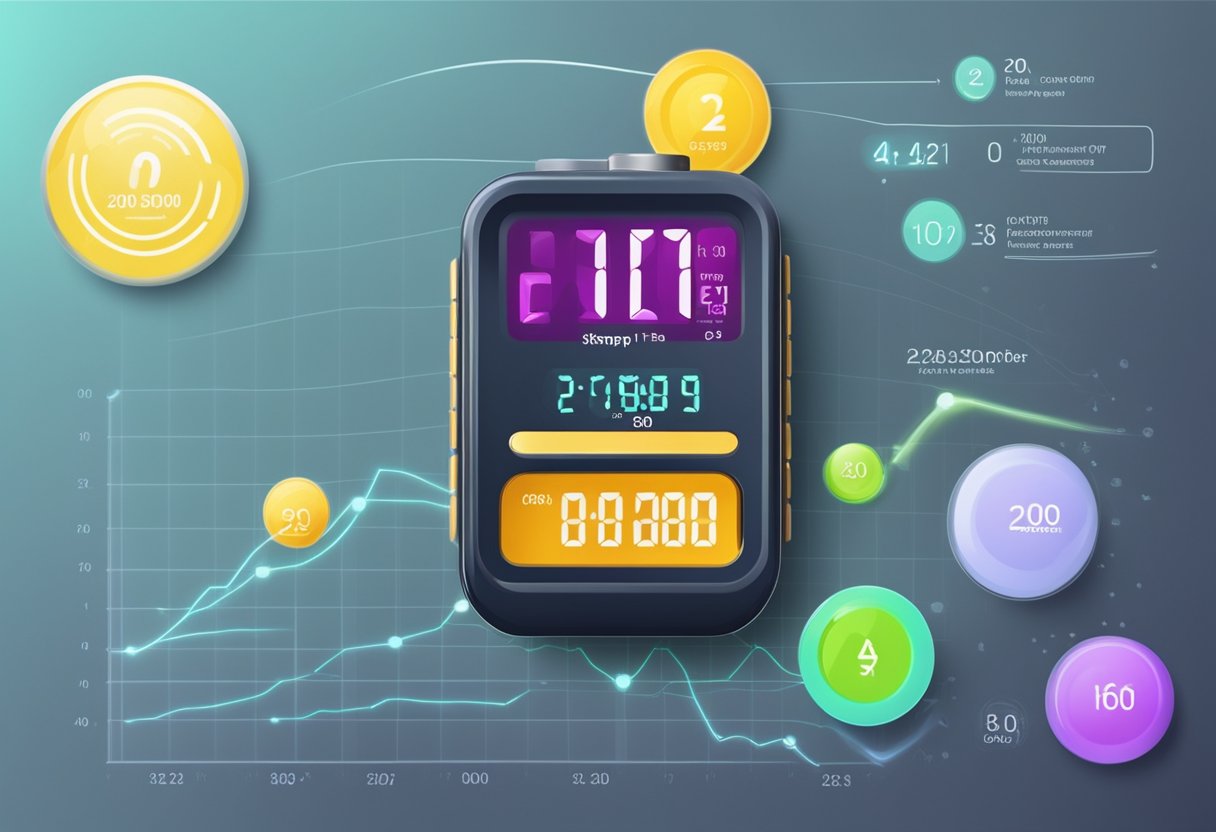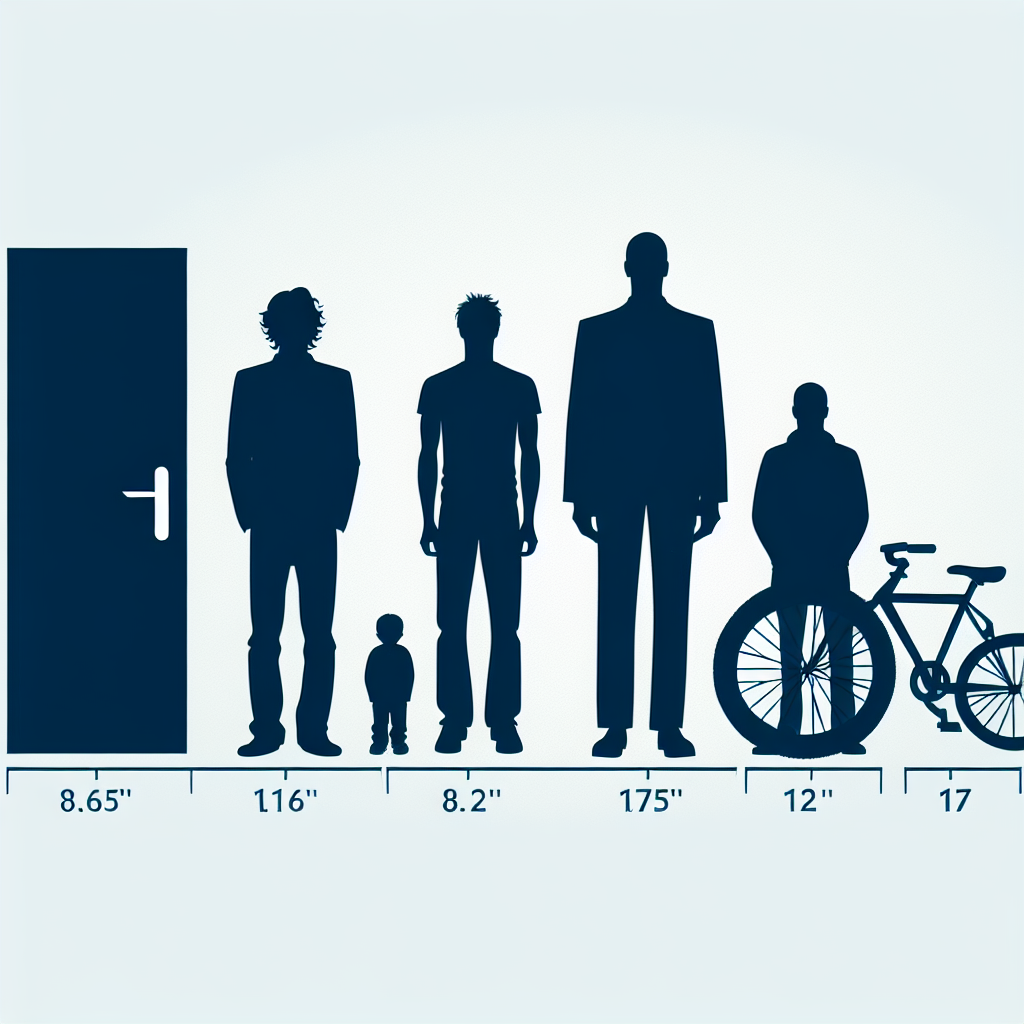Understanding High Pulse and Low Blood Pressure: Causes and Solutions
Explore the relationship between high pulse rates and low blood pressure, their implications on health, and effective management strategies.

Introduction to High Pulse and Low Blood Pressure
Experiencing a high heart rate, known as tachycardia, coupled with low blood pressure, or hypotension, can be concerning and may indicate underlying health issues. Understanding the factors that contribute to this condition is crucial for effective management and treatment.
What Does It Mean to Have a High Pulse and Low Blood Pressure?
A high pulse rate generally refers to a heartbeat exceeding 100 beats per minute, while low blood pressure is defined as a reading below 90/60 mmHg. Together, they can create an unstable circulatory environment, potentially leading to symptoms such as dizziness, fainting, fatigue, and confusion.
Common Causes of High Pulse and Low Blood Pressure
- Dehydration: Insufficient fluid intake can lead to decreased blood volume, resulting in low blood pressure and a compensatory increase in heart rate.
- Cardiovascular Issues: Conditions such as heart arrhythmias, heart failure, or valvular diseases can disrupt normal heart rhythms, causing both tachycardia and hypotension.
- Medications: Certain medications, particularly diuretics or those for high blood pressure, may lead to low blood pressure and an elevated heart rate as the body adjusts.
- Shock: This life-threatening condition can stem from severe infections, allergic reactions, or blood loss, leading to both high pulse and low blood pressure.
- Endocrine Disorders: Conditions like adrenal insufficiency can disrupt hormone balance affecting blood pressure regulation and heart rate.
- Chronic Stress or Anxiety: Stressful situations can trigger the fight-or-flight response, increasing heart rate while potentially lowering blood pressure due to blood vessel dilation.
Symptoms Associated with High Pulse and Low Blood Pressure
Individuals may experience a variety of symptoms when exhibiting a high pulse rate and low blood pressure:
- Dizziness or lightheadedness
- Fainting or near-fainting spells
- Weakness or fatigue
- Confusion or disorientation
- Palpitations or irregular heartbeat
When to Seek Medical Help
If you consistently measure a high pulse along with low blood pressure, it’s essential to consult a healthcare professional. Seek immediate medical attention if any of the following occurs:
- Severe dizziness or fainting
- Chest pain or discomfort
- Persistent shortness of breath
- Symptoms of shock, such as cold, clammy skin or confusion
Diagnosis of High Pulse and Low Blood Pressure
Diagnosing the cause of high pulse and low blood pressure typically involves a thorough medical history review and various tests:
- Physical Examination: A healthcare provider will assess vital signs and general health, looking for signs of dehydration, shock, and other abnormalities.
- Blood Tests: These tests can check for anemia, infection, or electrolyte imbalances that could explain the symptoms.
- Electrocardiogram (ECG): An ECG can help detect heart rhythm problems that might contribute to a high pulse rate.
- Echocardiogram: This imaging test helps visualize heart function and structure, ruling out conditions like heart valve disease or structural abnormalities.
Management and Treatment Options
Addressing the combination of high pulse and low blood pressure involves treating the underlying cause:
- Fluid Replacement: Increasing fluid intake can help elevate blood volume, thus stabilizing blood pressure.
- Medications: Doctors may prescribe medications to manage heart rate or increase blood pressure, depending on the diagnosis.
- Dietary Changes: A diet rich in salt (if not contraindicated), fluids, and balanced electrolytes can assist in managing low blood pressure.
- Stress Management: Techniques such as yoga, meditation, and counseling can help mitigate stress-induced symptoms.
- Monitoring: Regular monitoring of blood pressure and heart rate can help track progress and adjust treatment as necessary.
Conclusion
Understanding the relationship between a high pulse and low blood pressure is essential for early detection and management of potential health issues. If you experience these symptoms persistently, don’t hesitate to seek medical evaluation to determine the root cause and appropriate interventions. Health is paramount, and timely attention can prevent more serious complications.
New posts

Understanding Normal Pulse Rates: What Is a Normal Pulse?
Fitness

Understanding Ruhepuls 60: A Guide to Optimal Heart Rate
Fitness

Understanding Ruhepuls 45: The Ideal Resting Heart Rate for Your Health
Fitness

Understanding Normal Pulse Pressure: What You Need to Know
Lifestyle

Low Blood Pressure and Trembling: Understanding the Connection
Wellness

Understanding Low Blood Pressure at Night: Causes, Symptoms, and Management
Wellness

Understanding Pulsdruck: Key Insights into Your Blood Pressure Dynamics
Wellness

Understanding Why You Might Experience Niedriger Blutdruck
Lifestyle

Effective Strategies to Lower Blood Pressure
Fitness

Understanding Low Blood Pressure and Tiredness: Insights and Solutions
Lifestyle
Popular posts

Understanding Low Blood Pressure and Tiredness: Insights and Solutions
Lifestyle

Effective Strategies to Lower Blood Pressure
Fitness

Understanding Blood Pressure: What Does 140/80 Mean?
Lifestyle

Navigating Low Blood Pressure and High Pulse: Key Insights
Wellness

Understanding Low Blood Pressure with High Pulse Rate
Wellness

Understanding Normal Blood Pressure: A Deep Dive
Wellness

Effective Strategies for Managing Heart Palpitations: What to Do When Experiencing Herzrasen
Lifestyle

Recognizing the Symptoms of High Blood Pressure
Wellness

What to Do When You Have a High Heart Rate
Lifestyle

Understanding Low Blood Pressure: What Does the Lower Value Mean?
Wellness